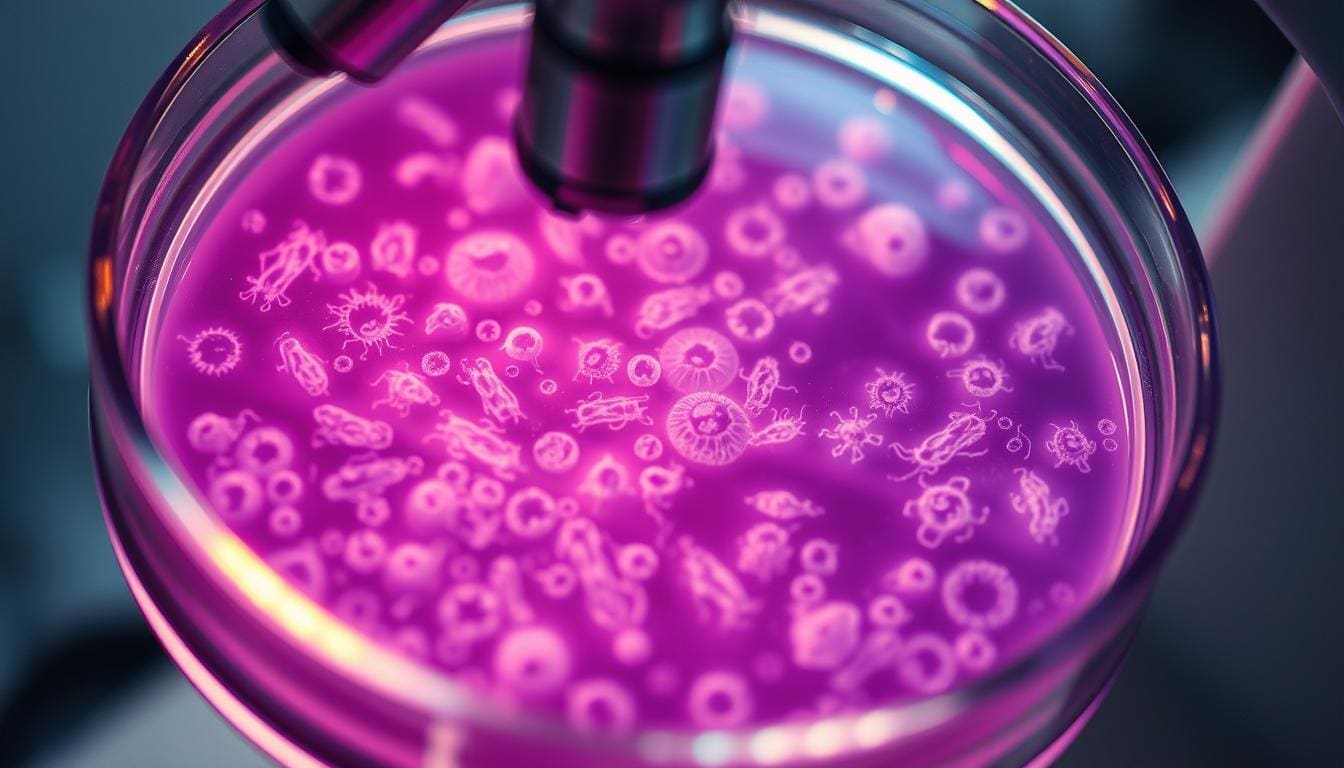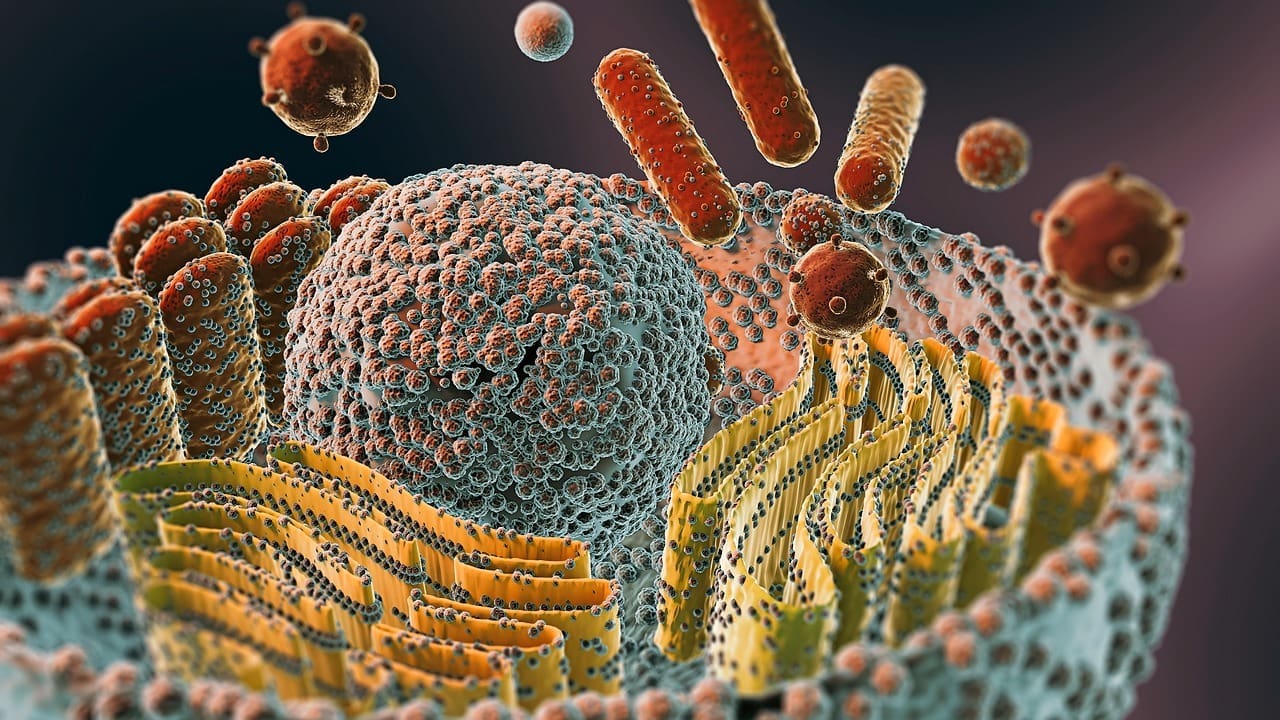Last Updated on November 26, 2025 by Bilal Hasdemir
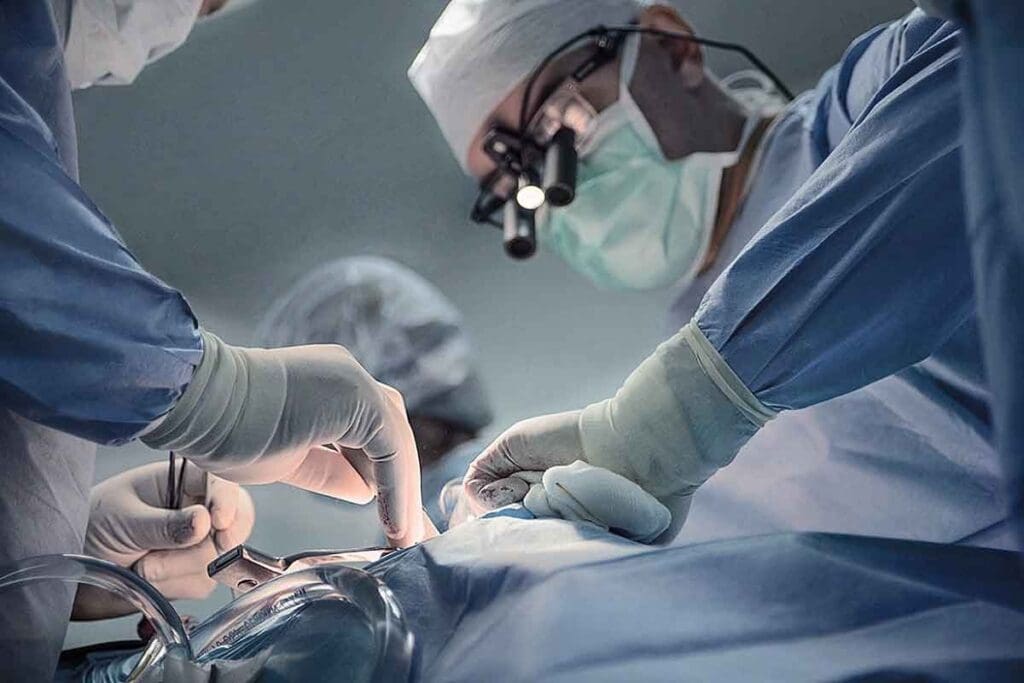
Abdominal aortic aneurysms (AAAs) are serious health risks if not treated. Endovascular repair is a less invasive way to treat AAAs. It uses aorta stent grafts to strengthen the aortic wall.
The endovascular repair of AAA is becoming more popular. It has fewer risks than traditional surgery. Knowing the facts about this procedure helps patients make better choices.
At Liv Hospital, patients get the latest technology and care for endo AAA surgery and aorta stent procedures. Learning about these treatments helps people understand their options better.
Key Takeaways
- Endovascular repair is a minimally invasive procedure for treating AAAs.
- Aorta stent grafts are used to reinforce the weakened aortic wall.
- The procedure has a reduced risk of complications compared to open surgery.
- Understanding the key facts is essential for making informed decisions.
- Liv Hospital offers advanced technology and a patient-centered approach.
Understanding Abdominal Aortic Aneurysms (AAA)
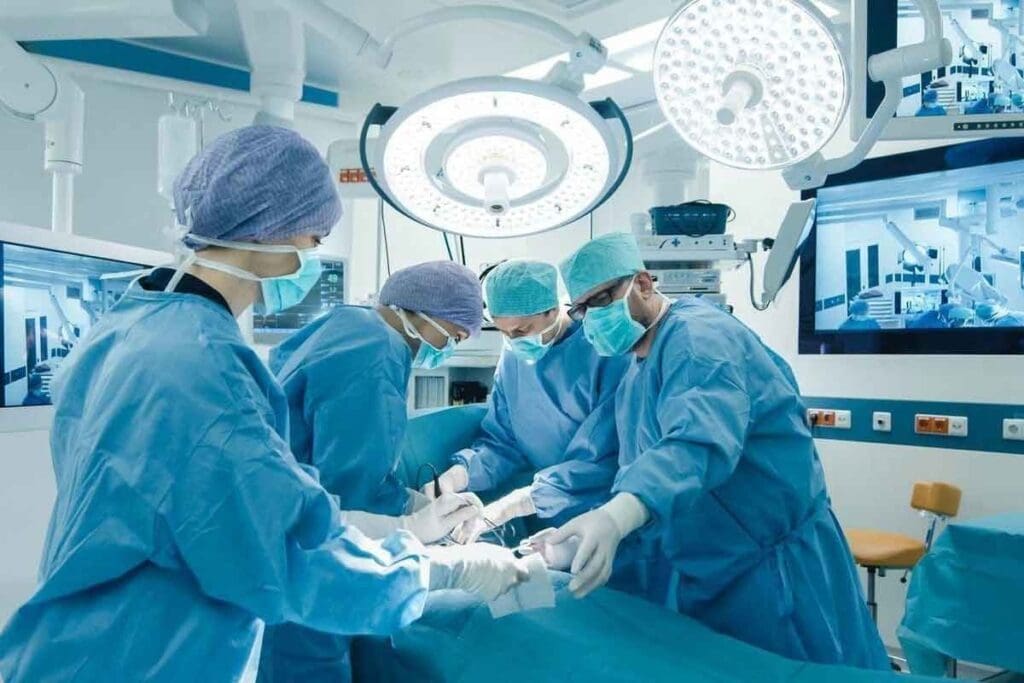
Abdominal aortic aneurysms are a serious condition where the aorta in the abdomen gets bigger. The aorta is the main artery that carries blood from the heart. When it weakens, it can balloon outward.
Causes of Abdominal Aortic Aneurysms
The exact cause of abdominal aortic aneurysms is not always known. But, several factors play a role. Atherosclerosis, or plaque buildup in arteries, is a common cause. It weakens the aortic wall.
Genetic predisposition also plays a part. People with a family history of aneurysms are more likely to get one. The breakdown of elastin and collagen in the aortic wall is another cause. This breakdown can happen due to aging, smoking, or other health issues.
Risk Factors and Prevalence
Some factors increase the risk of getting an abdominal aortic aneurysm. Being male, smoking, and having a family history are big risk factors. Hypertension and high cholesterol also play a role in making the condition worse.
- Age: Risk goes up after 65.
- Smoking: It damages the aortic wall.
- Family History: Having a family history increases risk.
Symptoms and Detection Methods
Most abdominal aortic aneurysms don’t show symptoms until they rupture. Symptoms include deep, persistent pain in the abdomen or back. They are often found during tests like ultrasound or CT scans.
Early detection is key to preventing rupture. Men aged 65 to 75 who have ever smoked should get screened. Knowing the risks and being aware can lead to early detection and treatment.
The Evolution of Endo AAA Surgery Techniques
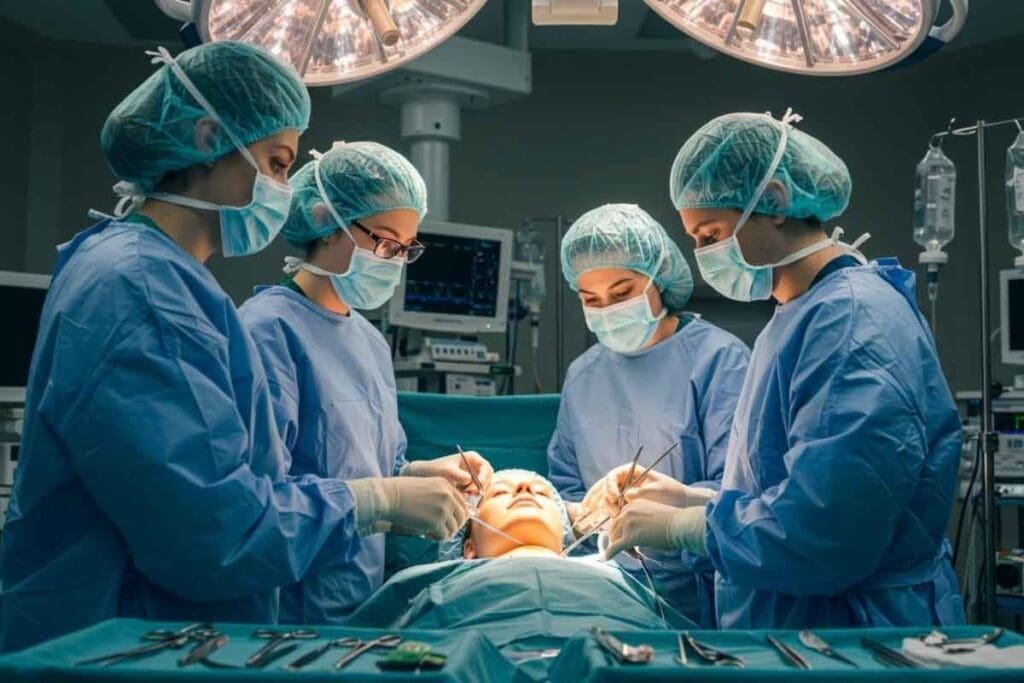
The way we treat abdominal aortic aneurysms (AAA) has changed a lot over time. Before, doctors used open surgery to fix the problem. This involved a big cut in the belly to replace the bad part with a man-made graft.
Historical Treatment Approaches
Open surgery worked, but it was risky, mainly for older people or those with health issues. It took a long time to get better, and there were many possible problems. Then, endovascular techniques came along and changed everything.
Development of Endovascular Techniques
Endovascular aneurysm repair (EVAR) was a big leap forward. It uses a stent graft put in through the legs to fix the aneurysm. This method is much less invasive and cuts down on risks and recovery time.
There have been many updates to endovascular techniques over the years. Better stent grafts, delivery systems, and imaging tools have made EVAR available to more people.
Current State of Endovascular AAA Repair
Now, endovascular repair is a common choice for treating AAA. It’s seen as a safer option than open surgery. The field keeps getting better with new stent grafts and ways to do the procedure.
The future of endo AAA surgery looks bright. We might see even better treatments like patient-specific stent grafts and outpatient EVAR procedures. These advancements aim to make treatments safer and more effective for everyone.
Fact 1: How Abdominal Aortic Stent Graft Procedures Work
Endovascular stent grafting is now the top choice for fixing abdominal aortic aneurysms. This method is less invasive. It uses a stent graft to strengthen the aorta and stop it from bursting.
The Basics of Aortic Stent Grafts
Aortic stent grafts are made to last a long time. They are crafted from materials like polyester or PTFE. A metal stent, often made from nitinol, supports the graft. It keeps the graft in place and gives it strength.
Procedure Steps and Techniques
- Accessing the femoral arteries in the groin through small incisions.
- Guiding catheters and wires through the arteries to the aorta under imaging guidance.
- Deploying the stent graft within the aneurysm, ensuring accurate placement.
- Confirming the exclusion of the aneurysm sac and the absence of endoleaks.
Types of Abdominal Aortic Stent Grafts
There are many types of abdominal aortic stent grafts. Each has its own benefits and features. The main types are:
| Type | Description | Advantages |
| Unibody Stent Grafts | A single-piece graft with a fixed stent structure. | Simplified deployment, reduced risk of component separation. |
| Modular Stent Grafts | Composed of multiple components assembled during the procedure. | Customizable to patient anatomy, flexibility in sizing. |
| Fenestrated Stent Grafts | Designed with openings to accommodate branch vessels. | Ideal for patients with complex aortic anatomy, preserving blood flow to vital organs. |
The right stent graft type depends on several factors. These include the patient’s anatomy, the aneurysm’s size and location, and the surgeon’s preference.
Fact 2: Benefits of Endovascular Repair of AAA vs. Open Surgical Repair
Endovascular repair of Abdominal Aortic Aneurysms (AAA) has changed how we treat this condition. It’s less invasive than traditional open surgery. This makes it a better choice for many patients.
Reduced Recovery Time and Hospital Stay
One big plus of endovascular repair is the reduced recovery time. It causes less stress to the body. This means patients can leave the hospital sooner and recover faster. It’s great for those who are at high risk for open surgery complications.
A study showed that endovascular repair patients stay in the hospital for just 3 days. Open surgery patients stay for 7 days.
Lower Immediate Complication Rates
Endovascular repair also has lower immediate complication rates than open surgery. Its minimally invasive nature lowers risks of infection, bleeding, and respiratory problems. This is key for patients with existing health issues.
Minimally Invasive Approach Advantages
The minimally invasive approach of endovascular repair has many benefits. It uses smaller incisions, causes less pain, and has fewer complications. It also helps preserve tissues and structures, leading to better health outcomes.
| Benefits | Endovascular Repair | Open Surgical Repair |
| Recovery Time | Shorter (median 3 days) | Longer (median 7 days) |
| Complication Rates | Lower | Higher |
| Invasiveness | Minimally Invasive | Invasive |
Fact 3: Success Rates and Effectiveness of Aorta Stent Surgery
Studies show that aorta stent surgery is safe and effective. It has high success rates in many clinical trials. This method has changed how we treat abdominal aortic aneurysms (AAA), giving patients a less invasive option than traditional surgery.
Short-term Outcomes and Statistics
In the short term, aorta stent surgery has impressive results. Over 95% of cases are technically successful. Immediate complications are rare, happening in less than 5% of patients. The death rate within 30 days is also low, under 2%.
- Technical success rate: >95%
- Immediate procedural complications:
- 30-day mortality rate:
Long-term Durability of Stent Grafts
The long-term success of aorta stent surgery depends on stent graft durability. Research shows that stent grafts stay effective for a long time. Some studies find that over 90% of stent grafts remain open at 5 years.
- Patency rates at 5 years: >90%
- Freedom from reintervention: 80-90% at 5 years
Factors Affecting Success Rates
Many things can affect how well aorta stent surgery works. These include who gets the surgery, the body’s shape, and the surgeon’s skill. Hospitals that do a lot of these surgeries usually get better results. This shows how important experience is for success.
By knowing these factors and getting better at the surgery, we can make it even more effective. This means better outcomes for patients.
Fact 4: Risks and Complications of Triple A Stent Procedures
Endovascular repair is a safe and effective way to treat abdominal aortic aneurysms. But, it’s not without risks and complications. If you’re thinking about getting a triple A stent, it’s important to know the possible effects. Knowing these risks helps you make a better decision.
Immediate Procedural Risks
Right after the triple A stent is placed, there are risks like bleeding, infection, and damage to blood vessels. These problems are rare but can be serious. They might need extra medical help. Choosing the right patient and using advanced imaging can lower these risks.
Long-term Complications
Over time, complications from triple A stent procedures can include stent graft migration, occlusion, or fracture. It’s key to have regular check-ups and imaging to watch the stent graft. This helps catch any problems early.
Endoleaks and Reintervention Rates
One big long-term complication is endoleaks. This is when blood leaks back into the aneurysm sac around the stent graft. Endoleaks might need more stenting or even open surgery. The need for more surgery depends on the stent graft type and patient anatomy.
It’s important for both patients and doctors to know about the complications of triple A stent procedures. Being aware of these risks helps make better choices about care. It also helps take steps to avoid problems.
Fact 5: Post-Procedure Care After Abdominal Aortic Aneurysm Stenting
After abdominal aortic aneurysm stenting, it’s key to follow a careful care plan. This helps avoid problems and speeds up healing. Patients need to be watched closely to make sure the stent works right and the aneurysm doesn’t get worse.
Hospital Recovery Protocol
Right after the procedure, patients stay in the hospital for a few hours to a couple of days. Medical teams keep a close eye on their health. They check the access site for bleeding and watch for any immediate issues like endoleaks or stent migration.
Key aspects of hospital recovery include:
- Continuous monitoring of vital signs and the access site
- Management of pain and discomfort
- Early mobilization to prevent complications like deep vein thrombosis
Home Recovery Guidelines
When patients go home, they get a care plan to follow. This plan includes advice on activity, wound care, and when to see doctors again.
Important home recovery tips:
- Avoid heavy lifting and strenuous activities for a specified period
- Keep the access site clean and dry
- Attend all scheduled follow-up appointments
Long-term Surveillance Requirements
Long-term care is vital for patients who’ve had abdominal aortic aneurysm stenting. Regular scans are done to check the aneurysm size, stent graft position, and for any early signs of trouble.
| Surveillance Method | Frequency | Purpose |
| CT Angiography | At 1, 6, and 12 months post-procedure, then annually | To monitor aneurysm size and stent graft integrity |
| Duplex Ultrasound | May be used in conjunction with CT Angiography or as an alternative | To assess blood flow and detect endoleaks |
| X-ray | Periodically | To evaluate the structural integrity of the stent graft |
Following the recommended care plan is key to good outcomes after abdominal aortic aneurysm stenting. By sticking to the hospital and home care plans, and regular check-ups, patients can lower the risk of problems and enjoy better health.
Fact 6: Technological Advancements in Stomach Aneurysm Stent Design
Medical technology has made big strides in creating better stents for stomach aneurysms. These advancements aim for more precise, durable, and tailored solutions for each patient.
Latest Innovations in Stent Design
New stent designs focus on being more flexible, durable, and comfortable for patients. Thanks to new materials and methods, stents now face fewer issues like endoleaks and migration.
A study in the Journal of Vascular Surgery found that new stent grafts have cut down on complications. This is a big win for endovascular aneurysm repair.
“The future of endovascular aneurysm repair lies in the continued development of advanced stent graft technology,” as noted by experts in the field.
Customized and Patient-Specific Solutions
3D printing and advanced imaging have made it possible to create stents just for each patient. This personalized approach is showing great promise in improving results and cutting down on the need for more surgeries.
| Feature | Standard Stent | Customized Stent |
| Material | Standard graft material | Patient-specific material selection |
| Design | One-size-fits-all approach | Tailored to patient anatomy |
| Complication Rate | Higher risk of endoleaks | Reduced risk of complications |
Future Directions in Endovascular Technology
The future of stent design for stomach aneurysms looks bright with ongoing research. New materials and drug-eluting stents are on the horizon. These innovations aim to lower complication risks and make stent grafts last longer.
As technology keeps advancing, patients will see better and more tailored treatments for stomach aneurysms. The use of advanced materials and techniques will be key in the future of endovascular aneurysm repair.
Fact 7: Patient Selection and Candidacy for Abdominal Aortic Graft Procedures
Choosing the right patient for an abdominal aortic graft is complex. It involves looking at the patient’s body, age, and health issues. This careful choice is key for a good outcome and recovery.
Anatomical Considerations
The shape and size of the aorta matter a lot. The size and spot of the aneurysm, the aortic neck’s angle, and the iliac arteries’ health are all important. These details help decide if a patient is a good fit for the surgery.
Anatomical factors that influence patient selection include:
- Aneurysm size and location
- Aortic neck characteristics
- Iliac artery condition
Age and Comorbidity Factors
A patient’s age and health issues are also big factors. Older patients or those with serious health problems might face more risks. These risks must be balanced against the surgery’s benefits.
| Comorbidity | Impact on Candidacy |
| Cardiac Disease | Increased risk of perioperative cardiac complications |
| Chronic Kidney Disease | Potential for contrast-induced nephropathy |
| Pulmonary Disease | Increased risk of respiratory complications |
Decision-Making Between Open and Endovascular Approaches
Choosing between open surgery and endovascular repair depends on many things. These include the patient’s body, health, and what they prefer. Endovascular repair is often better for those at high risk or with complex anatomy.
In summary, picking the right patient for an abdominal aortic graft involves a detailed look at their body, age, and health. This careful evaluation helps doctors choose the best treatment for each patient.
Conclusion: The Future of Abdominal Aortic Aneurysm Treatment
Abdominal aortic aneurysm treatment has seen big changes with the rise of endovascular techniques. This includes Endo AAA surgery and aorta stent procedures. These advancements have made treatments better, cut down recovery times, and lowered risks.
The future of treating abdominal aortic aneurysms looks bright. New technologies in stent design are on the horizon. These will make procedures more effective and safer for patients.
As we move forward, treatments will likely get even better. There will be a focus on making them last longer and needing fewer follow-ups. The use of new technologies and methods will be key. This will lead to better care and results for patients.
FAQ
What is Endo AAA surgery?
Endo AAA surgery is a way to treat aortic aneurysms in the belly. It uses a stent graft to stop the aneurysm from getting bigger or bursting.
How does an abdominal aortic stent graft procedure work?
This procedure uses a stent graft to block blood flow to the aneurysm. It’s done through small cuts in the groin, guided by imaging.
What are the benefits of endovascular repair of AAA compared to open surgical repair?
Endovascular repair is less invasive. It means less damage to the patient and quicker recovery. It also has fewer immediate risks compared to open surgery.
What are the possible risks and complications of triple A stent procedures?
Risks include bleeding and stroke right away. Long-term, there’s a chance of leaks or the stent moving. Sometimes, you might need another surgery.
What is the success rate of aorta stent surgery?
Most patients do well with aorta stent surgery. It stops the aneurysm from growing and bursting in most cases.
What are the factors that influence patient selection and candidacy for abdominal aortic graft procedures?
Doctors look at the aneurysm’s size and location, the patient’s age, and any other health issues. These help decide if the patient is a good candidate.
What is the role of long-term surveillance after abdominal aortic aneurysm stenting?
Watching the stent over time is key. It helps catch any problems early, like leaks, and makes sure the aneurysm doesn’t grow or burst.
Are there any new technological advancements in stomach aneurysm stent design?
Yes, new stent designs are being worked on. They aim to fit each patient better and use the latest materials and imaging.
What is an abdominal aortic stent graft?
It’s a device used to treat aortic aneurysms. It’s placed in the aorta to stop the aneurysm from getting worse or bursting.
How is patient candidacy determined for endovascular AAA repair?
Doctors check the aneurysm’s size and location, the patient’s age, and any health issues. This helps decide if endovascular repair is the best option.
References
- Golledge, J., & Norman, P. E. (2025). Abdominal aortic aneurysm: Diagnosis and management. StatPearls. Retrieved October 2025, from https://www.ncbi.nlm.nih.gov/books/NBK470237/


